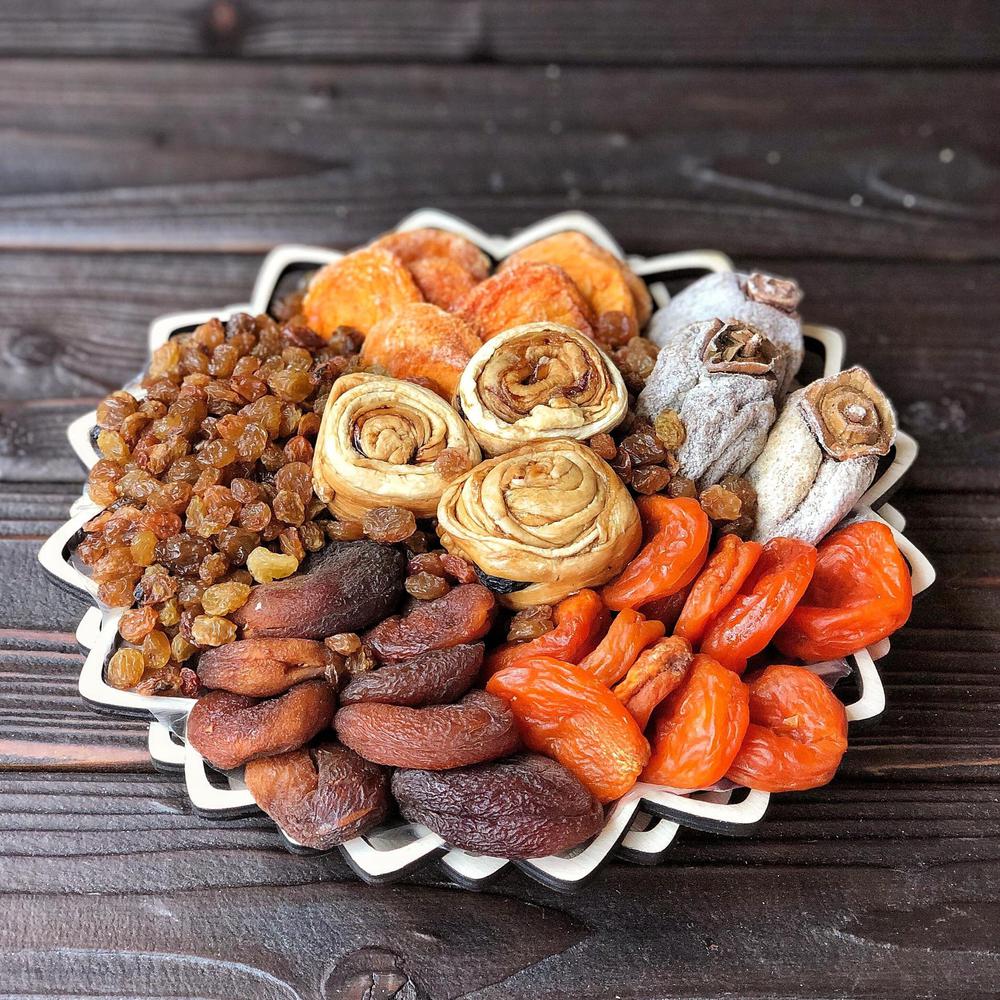Pomegranates hold a distinctive place in Georgian cuisine, a testament to their versatile use in a variety of traditional dishes. This article delves into the role of pomegranates, exploring their culinary applications and importance in Georgian gastronomy.
Pomegranates: A Culinary Staple in Georgia
In Georgia, the pomegranate is more than just a fruit; it's an integral component of the culinary landscape. Renowned for their juicy seeds and vibrant color, pomegranates frequently find their way into Georgian salads, adding a burst of flavor and color. These salads, often a blend of fresh vegetables and herbs, are elevated by the tangy sweetness of pomegranate seeds, creating a harmonious balance of flavors.
Pomegranates in Traditional Georgian Dishes
Beyond salads, pomegranates play a crucial role in various traditional Georgian dishes. One notable example is their inclusion in different types of lobio, a popular Georgian bean dish. The acidity and sweetness of pomegranate seeds complement the earthy flavors of the beans, creating a unique taste profile. This combination is not just about flavor; it also adds a visual appeal to the dish, with the ruby red seeds contrasting against the deep hues of lobio.
The Role of Pomegranate in Georgian Sauces
Another significant application of pomegranates in Georgian cuisine is in the creation of sour sauces. These sauces, often served with meat and fish, are a staple in Georgian cooking. The pomegranate's natural acidity and sweetness are ideal for balancing the richness of meats and the delicate flavors of fish. These sauces are a testament to the pomegranate's versatility, demonstrating its ability to enhance a wide range of dishes.
Pomegranate: A Key Ingredient in Georgian Gastronomy
In summary, the pomegranate is a key ingredient in Georgian cuisine, renowned for its versatility and flavor-enhancing properties. Its usage ranges from salads to traditional dishes like lobio, as well as in the creation of distinct sour sauces that complement both meat and fish. This fruit not only adds a unique flavor profile to Georgian dishes but also contributes to their visual appeal with its vibrant color.

 Vegetarian and Vegan Delights in Georgian Cuisine
Vegetarian and Vegan Delights in Georgian Cuisine
 Georgian Cheese
Georgian Cheese
 Walnut Wonders of Georgia
Walnut Wonders of Georgia
 Matsoni
Matsoni
 Georgian Honey
Georgian Honey
 Garlic in Georgian Cuisine
Garlic in Georgian Cuisine
 Eggplants in Georgian Cuisine
Eggplants in Georgian Cuisine
 Cornmeal in Georgian Cuisine
Cornmeal in Georgian Cuisine



